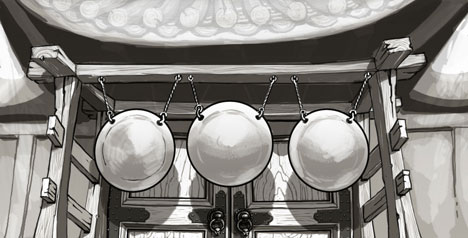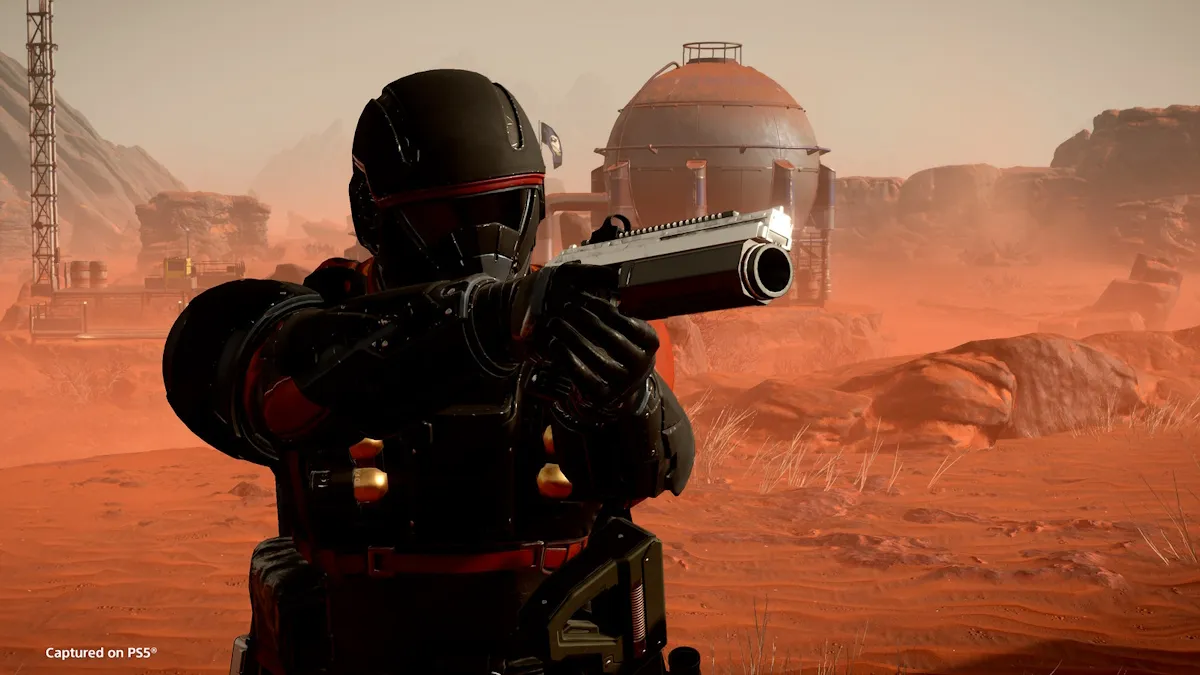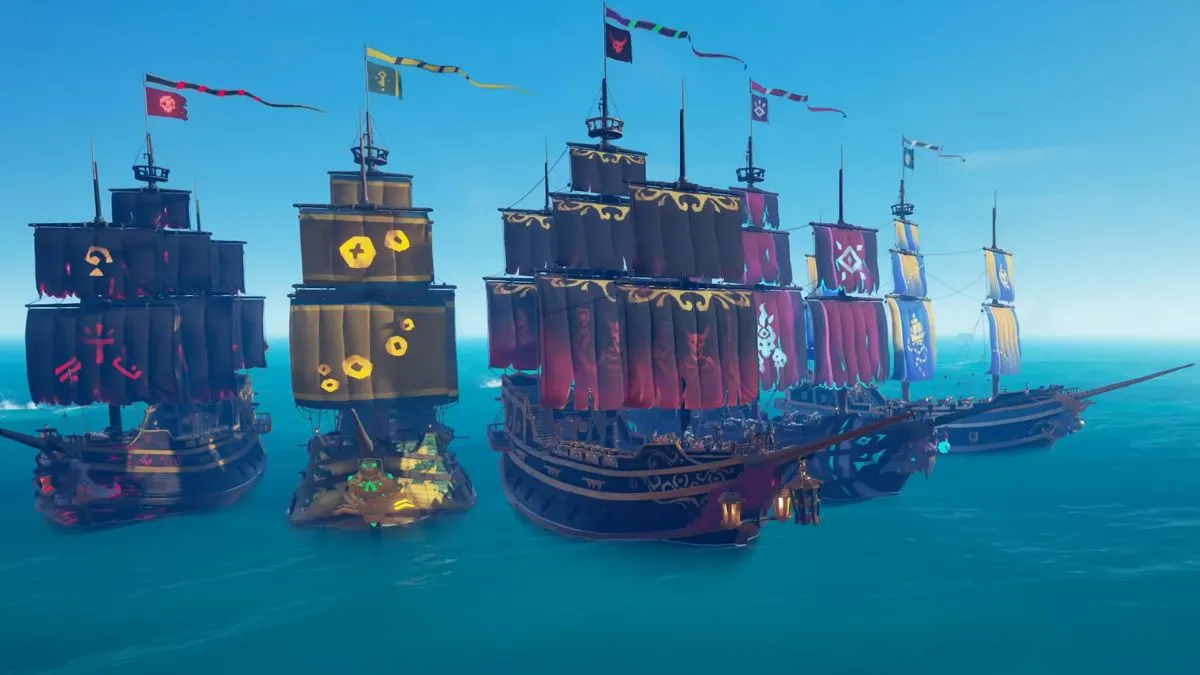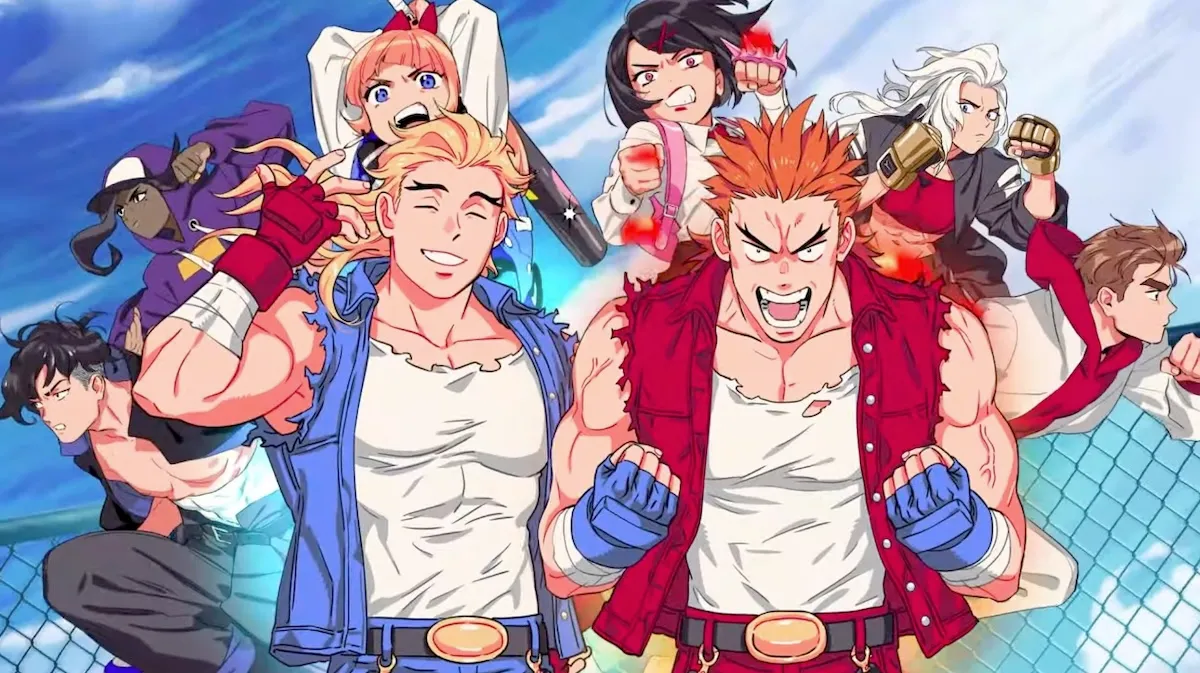This week, Destineer ships Magellan Interactive’s Word Jong Party for the Wii to retail. A follow up to the successful Word Jong on the Nintendo DS, Word Jong Party adds new multiplayer modes, power-ups that take advantage of the Wii motion controls, and updated visuals.
We loved Word Jong on the DS, its simple and addictive design came highly recommended when we ran our review for the game last year. So when we heard there was an updated version coming to the Wii, we hunted down the game’s designer Scott Balaban to see what it was all about.
Balaban is a veteran of both the videogame and traditional toy industry, starting work with Hasbro and its interactive division in the late 90s. This is a guy who knows a thing or two about a thing or two when it comes to both the toy and the videogame industries.
Hit the jump for our full interview with Balaban where we talk about what’s new in Word Jong Party, the success of the Wii, and what makes a “casual” game.
[Thanks to Destineer for providing us with some great, exclusive concept art from the production of Word Jong Party, all which can be seen throughout the interview and in our gallery.]
Destructoid:
Word Jong is already available on the Nintendo DS, and it came out quite awhile ago. It’s a pretty great game; we ran a pretty positive review of it at the time of its release. So what’s new with the Word Jong Party on the Wii?
Scott Balaban, Word Jong Designer:
We sort of identified the hooks of the Wii. People that have Wiis want to have these party experiences, where when you do have a few people over I think it sort of takes advantage of everyone getting involved.
Word Jong is good, and sort of caters to that in that it’s definitely the kind of game that’s easy to pick up and understand. There’s really not too much complexity. You have tiles of letters and you’re basically forming words for points. And we took that basic mechanic and we tried to make it and cater it to this party experience. And that’s really what the goal was for Word Jong Party.
So the DS version was really designed around the mobile experience, where you have short play experiences, with a variety of modes. We didn’t put in online multiplayer, so you can kind of challenge people, but it really wasn’t designed to have more than really two people playing at once. Word Jong Party for the Wii is basically designed for four people sitting on the couch. It’s really any level of gamer can enjoy this. It’s certainly one of the driving forces behind the design.

We have a few modes in Word Jong Party. The main mode is the “Party Mode” where you have up to four people sitting around and you have your own individual stack of tiles and you’re racing to form words and sort of clear tiles to reach a certain score, or have the highest score after a certain amount of rounds. Those are the core elements there.
But we’ve added the ability to thwart your opponent. We have powers up, which is a big addition. We have nine power up that you earn by spelling certain lengths of words. It’s sort of a strategic decision as you’re racing, so if you have your pile of tiles and I have mine, I’m forming words I can choose to form quick, small words to get through my pile and rack up the points. Or I can actually take my time and form longer words, which in addition to giving me a power up I can use, it also gives me bonus points for the length of the word. So you have two types of play styles, depending on how you like to play.
What makes it really fun is that the power ups are kind of interesting. We have fun things that take advantage of the Wii system. So for instance, I can get a “Sandstorm” power up, and if I see that you’re pulling ahead of me, I can throw it at your pile. And what that does is that it covers your entire board with stand, and at that point you have to take your Wii remote and sort of shake it around to clear the sand off so you can continue spelling. There’s another where I can put darkness on you, and what would happen is that your board is covered in darkness and your Wii Remote turns into a flashlight. So you can only see tiles in your radius of light.

So, you know, taking a basic spelling game — how do you make that fun? I think we were able to actually pull it off. It was interesting watching people play it at PAX, or during our own testing. You really don’t have any sort of barrier of entry; I mean anyone who wants to sit down and play, it’s pretty obvious what you have to do. The levels that we’ve added to it, I think it’s good. Because for people who are really super-competitive, you can get crazy with the power ups and really make it super-competitive. But for people who really just want to play the game and have that board game experience, it’s really designed around that as well.
So would you define Word Jong Party as a “casual” game?
I would. And I’m not one of those people who thinks casual games are the bane of our industry. I’m actually, I think — if anything — they underestimate how powerful the category is. I think the biggest mistake in casual gaming is that when you’re trying to create it as a category and kind of say, “OK this is a casual game” or “This is not a casual game” it sort of misses the bigger point. Most casual games are design for ease of pick up and play. I think it’s really catering to the non-gamer market which, in my mind, is good because you’re getting more people into games.

If you take a look at the roots of Word Jong, it was actually first introduced back in 2004. It was released as a game for POGO, through Electronic Arts. That is a pure casual audience, targeted towards the 35-year-old female demographic. So I mean, when it was originally designed with my partner Eric Stein who designed the player pattern, the real challenge when were doing it at the time was taking a puzzle that was really the most popular casual play mechanics at that time. So at that time, and even today, the solitaire and mah jong and basic spelling games were popular. That’s how Word Jong came to be. And the original design was “How do you create a fun spelling experience that would really work with that audience.” So we basically put it up on POGO, we created a download version. And the beauty of Word Jong is that the simplicity of the game allows it to be put on tons of platforms.
So from there we were looking a mobile, and that’s how it came to the DS. And it’s now coming out on the Wii, and we’re still looking at other platforms like the iPhone and anything else we could put Word Jong on. So the concept behind it is simple enough where most people can understand it right off the bat.
We actually had a big internal argument here at Destructoid over what defines a casual game or a hardcore game. Someone actually chimed in and said Halo could be considered casual, since you have so many people just picking it up and playing it, not necessarily competitively.
To you, what’s the distinction? Is it in design, in that because you use more buttons in Halo, it’s somehow less casual or more hardcore than Word Jong Party. Is it budget, or something else?
It’s almost impossible to define it like that. What’s really funny about this whole conversation — what is a casual game versus a hardcore game — I think for the most part it’s our own industry internal discussion.
When people are strolling the aisles of Wal-Mart of GameStop, they’re not thinking “Oh, I’m looking for a casual or a hardcore game.” They’re just looking for a game that they’re going to enjoy.
When you’re talking about budget, you can’t use that as a metric because that new Bejewled Twist cost what? 85 million? That’s clearly a casual game. And same thing with design and button simplicity. Something like N+ is certainly a pretty hardcore game by my measure, from a difficultly point of view. But that’s only one button and a joystick.

It’s tough. The term “casual” is becoming more popular. Originally it originated with the whole downloadable and online space. When you talk about things like Big Fish games and POGO and stuff like that, those were the original casual games. You talk about Bejewled and even Tetris. I think casual there is defined as games that crossover to people who don’t traditionally play games, so that if you find someone that says “I don’t usually play games, but I locked eight hours of playing Bejewled last night,” I think that’s probably a good indicator that it might actually be a casual game. Because you’re breaking across that barrier.
And again, that’s where I think Nintendo and the Wii are doing the same sort of thing, where it’s reaching out to people that aren’t quote unquote gamers. These are not people that are experience in sort of the gaming on all different systems; they see it, they understand it, and then they’re involved. I think that’s a good measure of a casual game.
I think depending on who you talk to in the industry, they’ll have a different idea of what a casual game is. But if you talk to gamers right, they might say that casual means simple, stupid games. I don’t think that’s true at all.
Since you’ve worked in both the toy and videogames industry, what’s the distinction for you between a toy and a videogame?
You know, the truth is, I think videogames for the most part is a much deeper interactive medium than really what you could do on toys. I actually gave a talk at some GDC a few years ago that hit on that sort of question, you know, what’s going on with the toy industry versus what’s going on with the video game industry.
And, I think what it comes down to is that you can create a much deeper, richer experience with a videogame. And what you’re trading off there you don’t have the physical element of the toy which is, I still think, the big ace-in-the-hole for the toy industry right now. It’s having that tactile experience. If you want to talk about LEGOs, we can talk about that for hours. You know, that’s something you can hold and assemble, and that’s not something you can really do in any sort of videogame.

And that, as far as where toys and videogames are coming together. We’re trying to give people that tactile experience. But now, I think certainly with gaming becoming a dominant entertainment medium, I just don’t think toys are going to be able to keep up with that. So I think, if anything, toys are trying to incorporate a lot of the things that you find in videogames.
So toys nowadays certainly can’t get by on just being basic wooden blocks, although you’ll always have your sort of traditional toys. But most toys today have an electronic component in a way that will sort of enhance the play mechanic, whether it just be basic audio — it’ll just give off some sound — or lights or screens. They’re trying to create a deeper play experience that videogames can only capture.
The whole “tactile experience” thing you say is interesting, because I think in a lot of ways people expect and even get that with the Wii experience. They feel it’s more “interactive.” Do you think that’s why the Wii has been so successful?
I think that’s definitely one of the reasons. My big theory on the whole Wii thing is that, I think they’ve managed to capture the casual bug. And there’s something to be said about if my grandparents come over, are they going to pick up a Wii game and play it. I mean, that’s certainly not going to happen on my Xbox 360.
They’ve captured something just about the simplicity of just a basic game. There was a quote somewhere where someone was calling the Wii “the most expensive board game,” and I think that’s both a good and bad thing. I think it’s catering towards sort of a simple, clean play experience, they’ve managed to capture — like you’re saying — a tactile experience, which I think is a big thing.

When you look at the toy industry, they’re also trying to do that, too. They have a whole series now of these plug n’ plays that came out for the last four or five years that have been really popular. Where those are technically toys, where you’re sort of on a fake skateboard, and having the experience on the TV. So I think Nintendo’s really good about first-party development, they’ve been making some great games like Wii Fit which really captures that.
Early on, people looked at the Wii as a fad, which doesn’t appear to be the case. The toy industry is no stranger to fads, just thinking of something like “Tickle Me Elmo” as an example. Do you see any parallels between the Wii and traditional toys in this respect?
It’s interesting, when you take a look at the fads in the toy industry, a lot of toys are driven by the entertainment properties that they’re based on. So “Elmo” is a good example. The inventor that actually came up with that whole “Elmo” series, it’s just one after another, where they keep trying to recreate that fad. So the original “Tickle Me Elmo” was followed up by the singing one and then there was a chicken dance Elmo … they keep sort of riding that, they keep pushing it out.
I think that’s a different mechanism as far as creating a brand. When you’re talking about toys, they have sort of a singular experience. If you’re talking about “Tickle Me Elmo,” it stops and ends there; there’s no sort of expansion pack … there’s no way to drag that on. So of course, people are going to get excited about it, they’re going to buy it, and it’s hot. And then after that you’re experience with it is pretty much done, so that’s where they try to follow up with other products in the line to keep people interested.

The Wii, like any videogame system, it’s a system that you can obviously keep expanding with games and stuff like that. So it’s sort of an unfair comparision to compare to the other.
But, you know, again it does come down to [the fact] that these are sort of toys. I think as far as the Wii goes, I was actually surprised that it did as strong as it did. And it’s still going strong, I think they’re going to manufacturing problems this year to get enough made, and that’s pretty amazing.
It’s definitely gone beyond that. I think having some good solid software is helping a bit, having games coming out that really take advantage of the free motion to get people excited. There’s still that element of if you have a Wii and you have a few people over, you know it’s kind of like Rock Band and Guitar Hero, it’s just sort of that fun party thing. You know, “let me show you what I can do.” It’s exciting for people to get together and experience that.
Back to Word Jong specifically, do you think it could come to 360 or the PS3?
Definitely. I think with the 360, you’re seeing a huge explosion of really good board games. You have Catan, Ticket To Ride. I think the big bastion of the 360, and certainly PSN, is you have a system that’s really well done for connecting people to play. The modes in Word Jong that have you connecting more people, I certainly think are the most fun ones. I think that’s Word Jong‘s big success, is that it’s really fun to get people to sit down and play it … it’s more fun than people expect.

When you have these next gen systems, I don’t think you need these top end graphic engines to pull of a Word Jong game. It’s not that hard to render a six-sided tile. But the big benefits of these things are these big online communities that are built, and then finding people to play online. Getting four people or eight people together to play one of these games, it’s definitely a big plus for any system.
Certainly for us, based on how the reception has been for the DS and hopefully the Wii with Word Jong Party, I think we’re going to continue to look at new platforms like that and certainly create an experience that works with those platforms.




